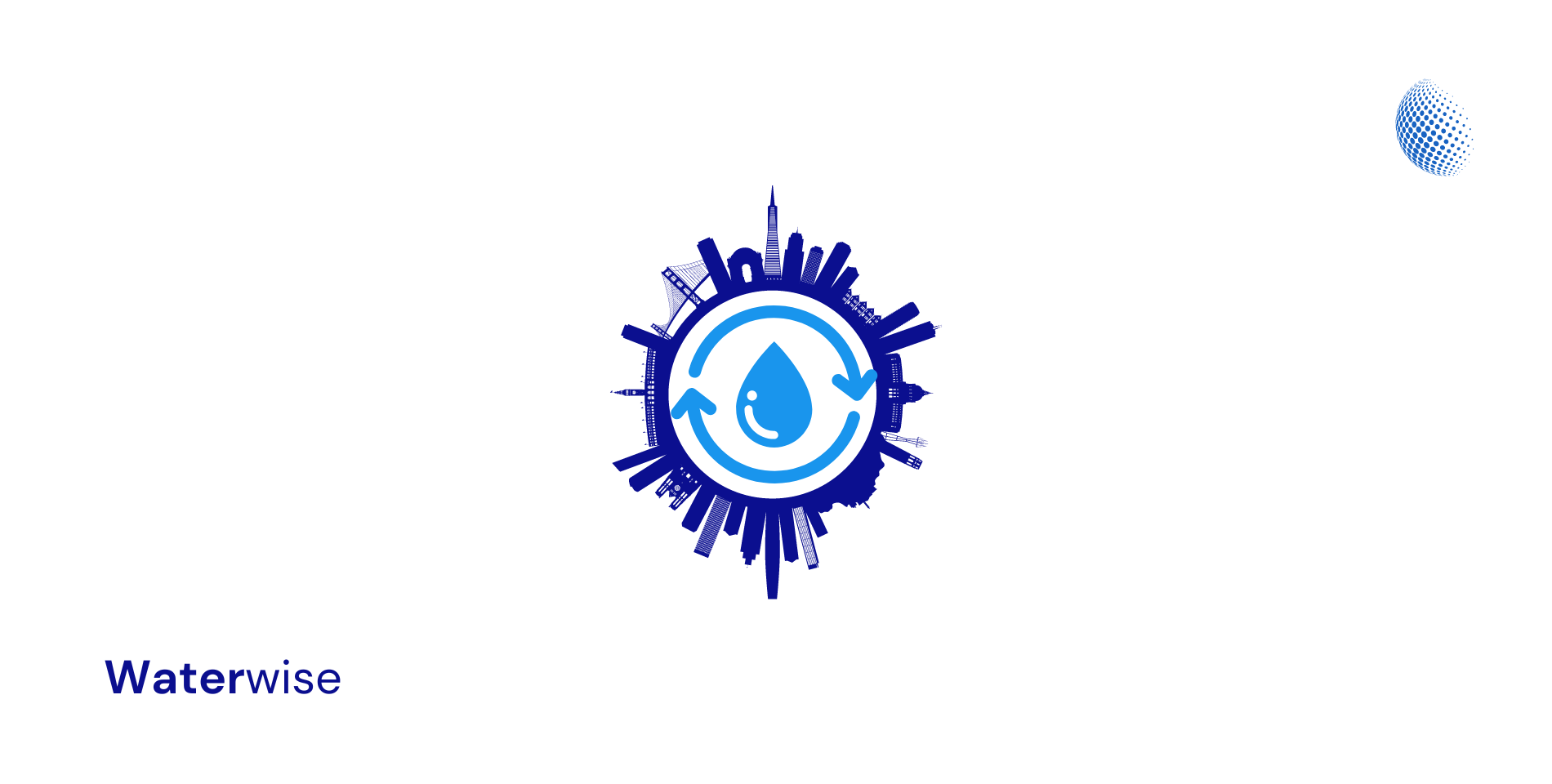San Francisco, a city known for its iconic Golden Gate Bridge and vibrant cultural scene, is also a leader in environmental innovation. Among its pioneering efforts is a commitment to water reuse, a practice that is shaping the future of urban water sustainability. Through advanced technology, policy support, and community engagement, San Francisco is demonstrating how water reuse can be a viable and vital part of urban water management.
Let’s investigate the city’s water reuse programs and their impact on sustainability.
A City Embracing Water Reuse
San Francisco’s approach to water reuse is multifaceted, encompassing various strategies and sectors.
A Comprehensive Strategy
The city has developed a comprehensive water reuse strategy that includes wastewater recycling, stormwater harvesting, and the use of reclaimed water for non-potable purposes.
Policy and Regulation
Supportive policies and regulations have been instrumental in promoting water reuse, providing clear guidelines and incentives for implementation.
Wastewater Recycling: Turning Waste into Resource
Wastewater recycling is a key component of San Francisco’s water reuse program.
Advanced Treatment Technologies
The city employs advanced treatment technologies to purify wastewater, making it suitable for various non-potable applications.
Applications and Benefits
Recycled wastewater is used for irrigation, industrial processes, and cooling systems, reducing the demand for fresh water and contributing to water conservation.
Stormwater Harvesting: Capturing the Rain
Stormwater harvesting is another innovative practice that San Francisco is utilizing to enhance water sustainability.
Innovative Designs
The city has implemented innovative designs, such as permeable pavements and bioswales, to capture and store stormwater.
Integration with Urban Landscape
Stormwater harvesting is integrated into the urban landscape, creating aesthetically pleasing features that also serve functional purposes.
Community Engagement: A Collaborative Effort
Water reuse in San Francisco is not just a technical endeavor; it involves active collaboration with the community.
Education and Outreach
Public education and outreach programs have been vital in building awareness and acceptance of water reuse practices.
Partnerships and Collaboration
Collaboration between government agencies, businesses, and community organizations has fostered a shared commitment to water sustainability.
Challenges and Opportunities
While San Francisco’s water reuse programs are promising, they also present challenges and opportunities for continued growth.
Technical and Regulatory Challenges
Navigating technical complexities and regulatory compliance requires ongoing research, development, and adaptation.
Opportunities for Expansion
The potential to expand water reuse practices offers exciting prospects for further enhancing water efficiency and resilience.
Conclusion: A Sustainable Vision
San Francisco’s water reuse programs are more than a set of practices; they are a vision for a sustainable future. They reflect a city that sees water not as a finite resource but as a continuous cycle, a city that recognizes the value of every drop and the potential of every storm.
The sound of rain on a permeable pavement, the sight of a garden flourishing with reclaimed water, these are not just functional achievements; they are symbols of a city in harmony with its environment. They are manifestations of a belief that sustainability is not a distant goal but a living reality.
San Francisco’s water reuse model is a beacon of innovation, a testament to the power of creativity, collaboration, and courage. It’s a story that challenges us to rethink our relationship with water, to see it not as a commodity but as a community, a shared responsibility, a common destiny.
It’s a story that invites us to imagine a world where cities are not just consumers of water but stewards, where water flows not just through pipes but through principles, values, and dreams.

